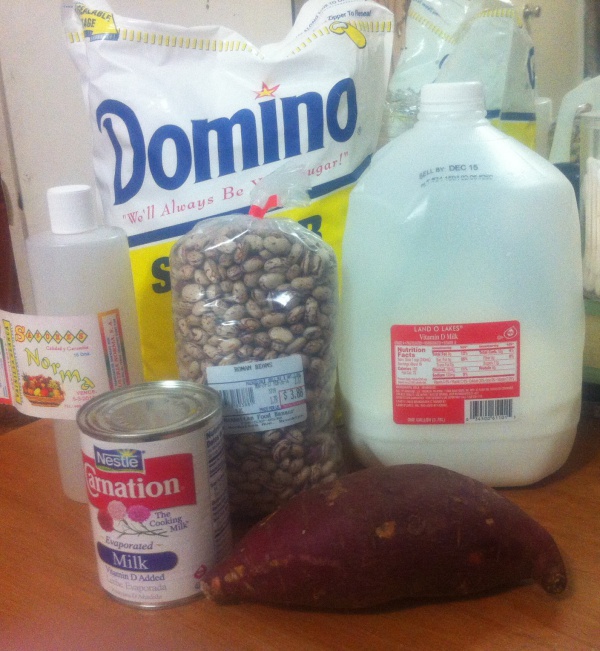Facts About Habichuelas con dulce
Habichuelas con dulce is a cherished dessert from the Dominican Republic, especially popular during Easter. This sweet, creamy bean dish features red beans, cinnamon, nutmeg, coconut milk, evaporated milk, raisins, sugar, and a pinch of salt. To prepare it, begin by boiling the beans with cinnamon sticks and sweet cloves until they are tender. Next, blend the beans to a smooth, soup-like consistency and mix in coconut milk, evaporated milk, and chunks of sweet potato. Additional spices like cloves and ginger can be added to enhance the flavor.
The origins of Habichuelas con dulce are somewhat enigmatic. Some suggest it was influenced by Turkish cuisine, while others believe it was derived from French dishes introduced to the region in the 19th century. It might even have connections to Turkish Ashure or French colonial recipes. Typically, the beans are soaked overnight and then cooked with evaporated milk, condensed milk, and coconut milk. Sweet potatoes and sugar contribute to its rich, creamy taste, while spices like ginger, cinnamon, cloves, nutmeg, and vanilla add depth to the flavor.
This dessert isn’t just a Dominican delight; it has analogs in other cultures as well. In Chinese cuisine, red bean paste is used in treats such as Zongzi, Jian dui, Mooncakes, and Red bean cake. Koreans enjoy it in snacks like Bungeoppang, Hobbang, Baram tteok, and Chalboribbang. In Japan, it appears in sweets like Daifuku, Manju, Taiyaki, and Anpan.

 Haiti
Haiti